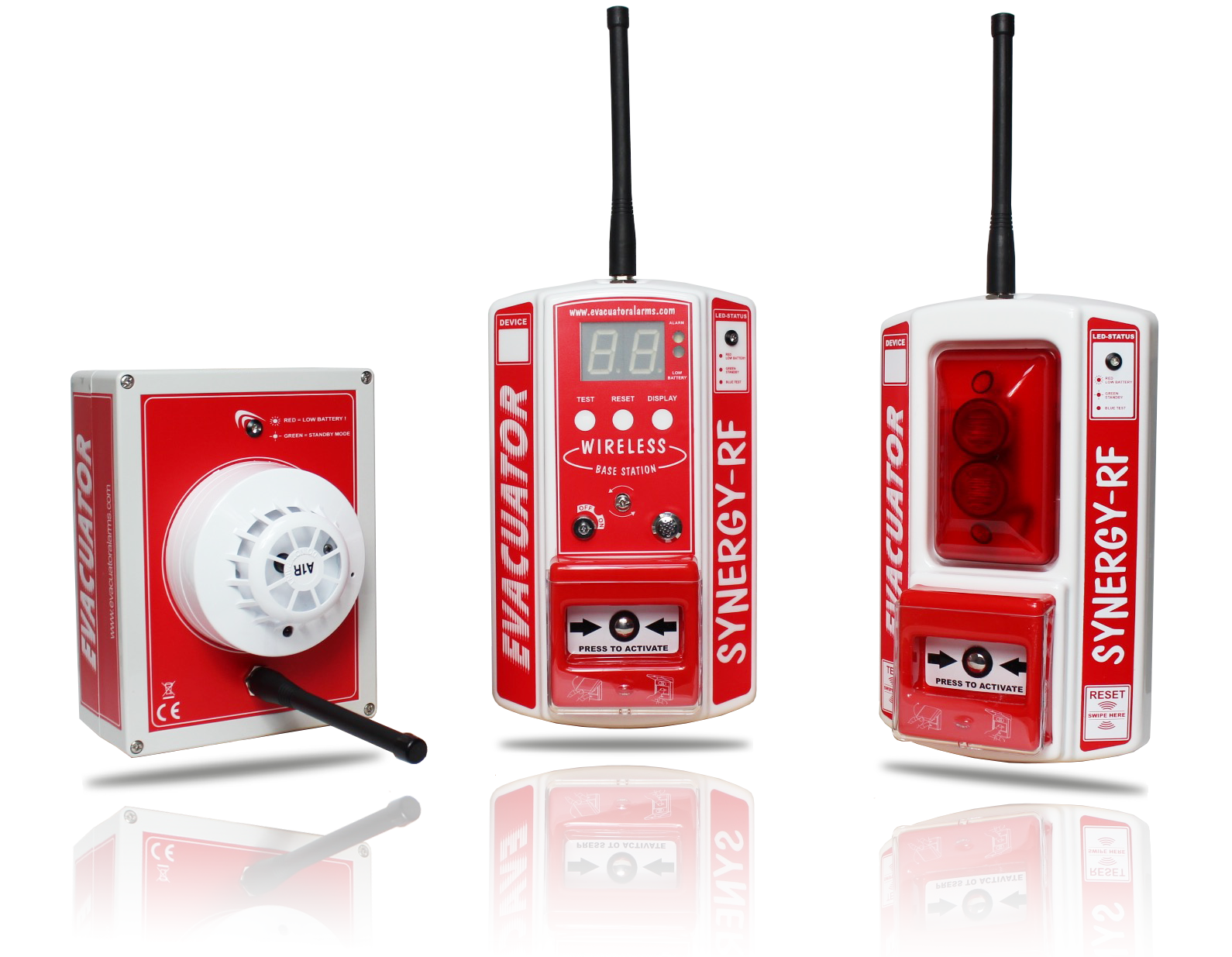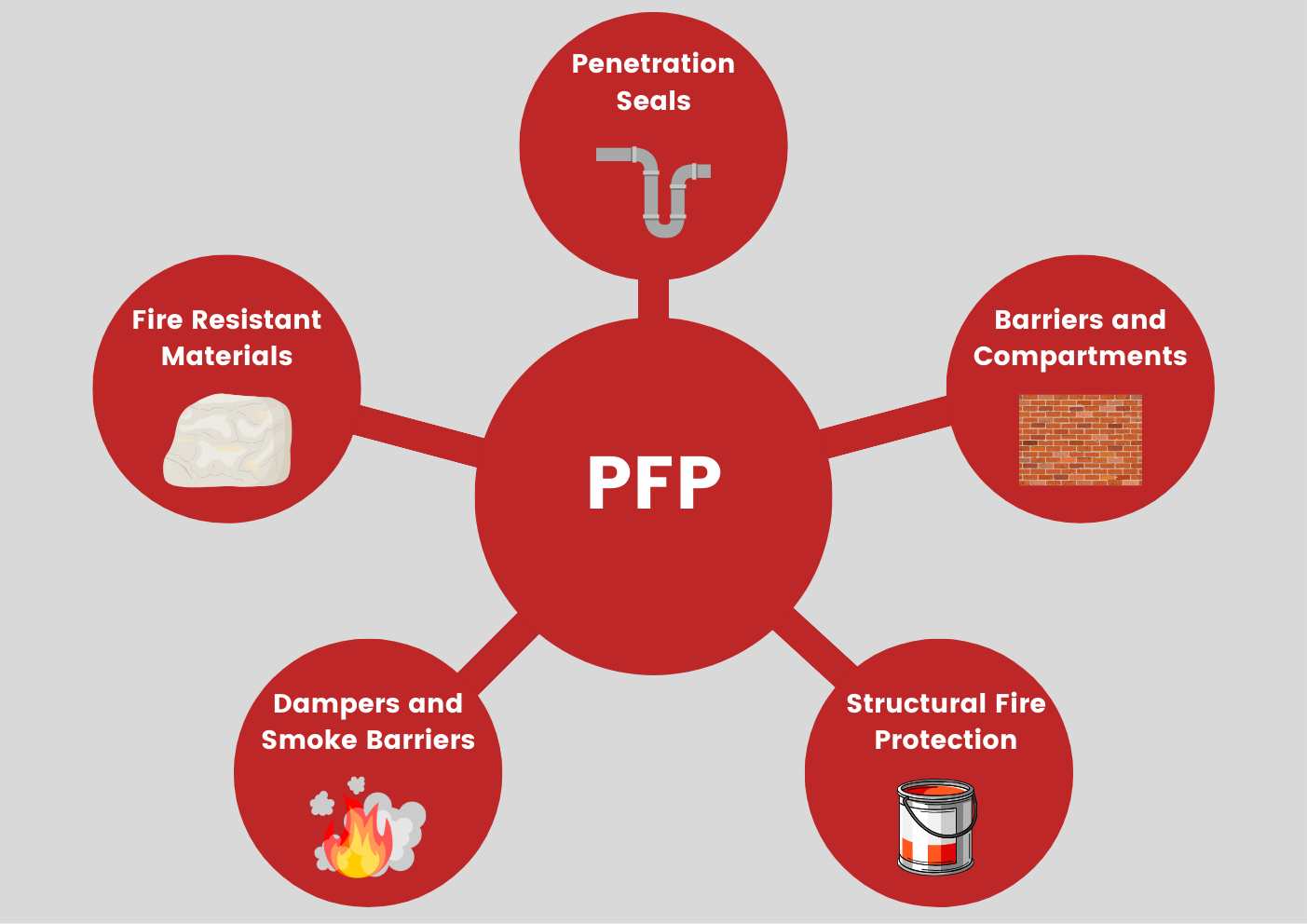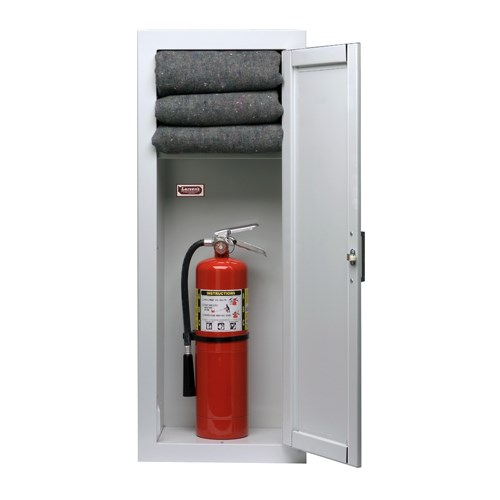In the realm of building automation, site alarms and detection systems play a crucial role in safeguarding lives and property by swiftly identifying the outbreak of fires. These fire and safety equipment systems are meticulously designed to detect smoke, heat, or flames and to provide immediate warnings to building occupants, thereby facilitating timely evacuations and reducing the risk of injury. At the heart of an automatic fire alarm system is a sophisticated receiver that continuously monitors a network of sensors installed throughout the building. When one of these sensors detects a potential fire, such as an increase in temperature or the presence of smoke, it sends an alert to the central system. This system then activates alarm bells or voice notification systems to alert occupants of the imminent danger. This rapid response is essential for ensuring the safety of everyone within the premises. Building fire alarms typically utilize a range of sensing technologies, including ionization sensors, photoelectric sensors, and thermal detectors. Each type of sensor is designed to respond to specific fire characteristics, ensuring comprehensive coverage and effective detection of different fire types. For instance, ionization sensors are highly sensitive to fast-flaming fires, while photoelectric sensors are better suited for smoldering fires that produce significant smoke. One of the key distinctions between fire alarm systems in commercial buildings and those used in residential settings is their connectivity. Building fire alarms are often part of a larger network that integrates with other safety systems, such as sprinkler systems, emergency lighting, and even security systems. This interconnectedness allows for centralized monitoring and control, enabling facility managers to respond effectively to emergencies. In contrast, home fire alarm systems operate independently, sounding alarms individually without the need for network connections.
The versatility of fire detection systems extends to various notification methods. In addition to traditional alarm bells, modern systems can incorporate voice alarms that provide clear instructions to occupants during an emergency. This is particularly useful in large or complex buildings where individuals may not be familiar with evacuation routes. Voice alarms can guide occupants to the nearest exits, ensuring a safer and more efficient evacuation process. Moreover, advancements in fire detection technology have led to the development of smart fire alarms that can connect to mobile devices or building management systems. These smart alarms can send notifications directly to mobile phones or central monitoring stations, allowing for real-time updates and alerts even when occupants are not on-site. This feature enhances overall safety and preparedness, enabling quicker responses from emergency services. Regular maintenance and testing of these fire and safety systems are vital to ensuring their reliability and effectiveness. Building managers must conduct routine inspections and drills to familiarize occupants with the alarm system and ensure that all components are functioning correctly. Compliance with local fire codes and regulations is also essential to maintaining a safe environment. In conclusion, site alarms and detection systems are integral components of fire and safety equipment within building automation. Their ability to detect fires swiftly and provide immediate warnings plays a critical role in protecting lives and minimizing property damage. By leveraging advanced sensing technologies and interconnected systems, these solutions not only enhance safety but also promote a culture of preparedness in the face of potential fire hazards.
 teknowfeed
teknowfeed


